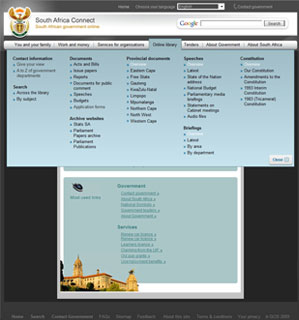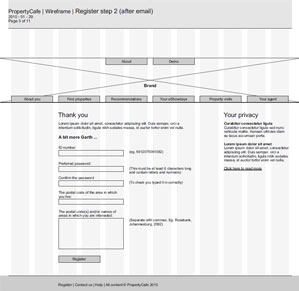Prototyping
To manage risk and ensure you are meet the needs of your business and those of your customers, prototyping means you build a version of the solution for everyone to see as early as possible in the design process.
Prototyping adds a new dimension to your design process
When planning a new website, intranet or web application, we always recommend testing the design with actual people BEFORE it is built. This additional step is valuable because:
- Instead of merely using research data and design to build your new website, you will have concrete proof of what works and doesn’t for actual users. Armed with this information, you will be able to minimise the risk of mistakes when building/redesigning the solution. This will save you money, as well as time, effort and stress.
- It can provide a useful comparison to your current solution and help you gain a richer understanding of its strengths and weaknesses.
- The prototype will also allow you to explore alternative possibilities and visualise the design direction of your future site, based on the results of your design process.
- Prototypes are easy to change in stark contrast to the final build of any solution.
Prototyping can take the form of:
- Sketches of a potential design that are shown to users in one-on-one tests where they show you where they would click.
- Static screenshots of the new design that are linked together to appear that they work.
- A HTML build of key pages of the website, intranet or web application that allows users to interact with the prototype exactly as they would if the solution was already built.
Prototyping is most effective when:
- The prototype mimics the final solution as closely as possible
- It is tested with actual customers or users
- You make immediate changes to the prototype during testing to ensure you make the most of the prototyping exercise



